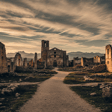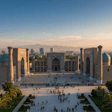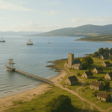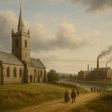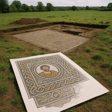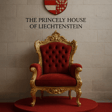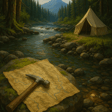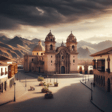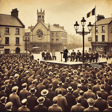
Eritrea
Episode sixteen of Pieces of History journeys into the rugged landscapes and complex past of Eritrea - a nation whose story is shaped by ancient empires, fierce colonial rivalries, and decades of struggle for independence.
In this episode, we explore Eritrea’s unique position at the crossroads of Africa and the Middle East - from its role in the ancient Aksumite Empire to centuries under Ottoman and Egyptian influence, followed by Italian colonization and the brutal fight against Ethiopian annexation.
What fuelled the thirty-year war for independence? How did colonial ambitions and shifting alliances shape Eritrea’s identity? And what challenges has this young nation faced since finally achieving sovereignty - including a devastating border war, authoritarian rule, and prolonged isolation?
This is more than a history of conflict and survival. It’s a story of resilience, cultural richness, and a people’s enduring hope for peace and self-determination.
Email: piecesofhistorypod@outlook.com
Facebook: Pieces of History podcast
Instagram: @pieceofhistorypod
